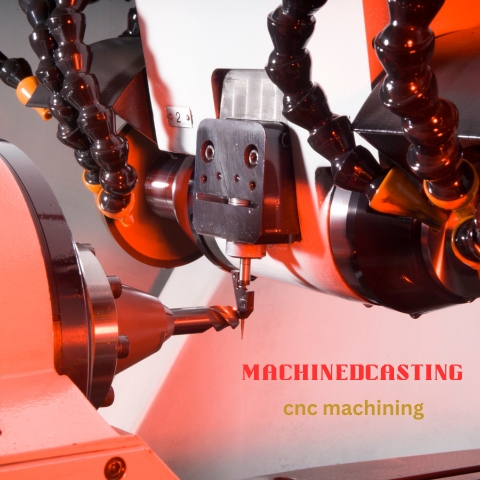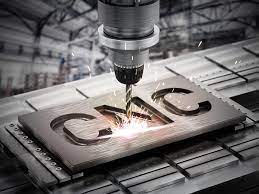Mastering CNC Machining: A Comprehensive Guide for Beginners
-
Posted by
jaidi

CNC (Computer Numerical Control) machining is a revolutionary manufacturing process that utilizes computer-controlled machines to produce intricate parts and components with high precision. Whether you’re a hobbyist looking to create custom pieces or an aspiring engineer delving into the world of manufacturing, mastering CNC machining can open doors to endless possibilities. In this guide, we’ll walk you through the basics of CNC machining, from understanding the fundamentals to practical tips for optimizing your machining projects.
Understanding CNC Machining: CNC machining involves the use of computer programs to control machine tools and execute precise machining operations. The process begins with designing a CAD (Computer-Aided Design) model of the desired part. This digital model is then translated into a CNC program, which contains instructions for the machine to follow.
Key Components of CNC Machines:
- CNC Controller: The brain of the CNC machine, which interprets the CNC program and sends commands to the machine’s motors and actuators.
- Motors and Drives: Power sources that move the machine’s axes according to the programmed instructions.
- Tooling: Various cutting tools, such as end mills and drills, used to shape the workpiece.
- Workholding Devices: Fixtures or clamps that secure the workpiece in place during machining.
Basic CNC Machining Processes:
- Milling: Involves removing material from a workpiece using rotary cutters to create complex shapes and features.
- Turning: Rotating the workpiece while a cutting tool removes material to achieve cylindrical or conical shapes.
- Drilling: Creating holes in the workpiece using specialized drill bits.
Tips for Successful CNC Machining:
- Proper Tool Selection: Choose the right tool for the job based on material type, cutting forces, and desired surface finish.
- Optimize Cutting Parameters: Adjust spindle speed, feed rate, and depth of cut to achieve optimal machining results while minimizing tool wear.
- Workpiece Preparation: Ensure the workpiece is securely mounted and properly aligned to prevent errors during machining.
- Toolpath Optimization: Optimize toolpaths to minimize machining time and reduce unnecessary movements.
- Tool Maintenance: Regularly inspect and replace worn or damaged cutting tools to maintain machining accuracy and quality.
Safety Considerations:
- Always wear appropriate personal protective equipment (PPE), including safety glasses and ear protection.
- Familiarize yourself with the CNC machine’s emergency stop procedures and safety features.
- Keep work areas clean and free of obstructions to prevent accidents.
Conclusion: Mastering CNC machining requires patience, practice, and a willingness to learn. By understanding the basics of CNC technology, selecting the right tools and parameters, and prioritizing safety, you can unlock the full potential of CNC machining and bring your creative ideas to life with precision and efficiency.

